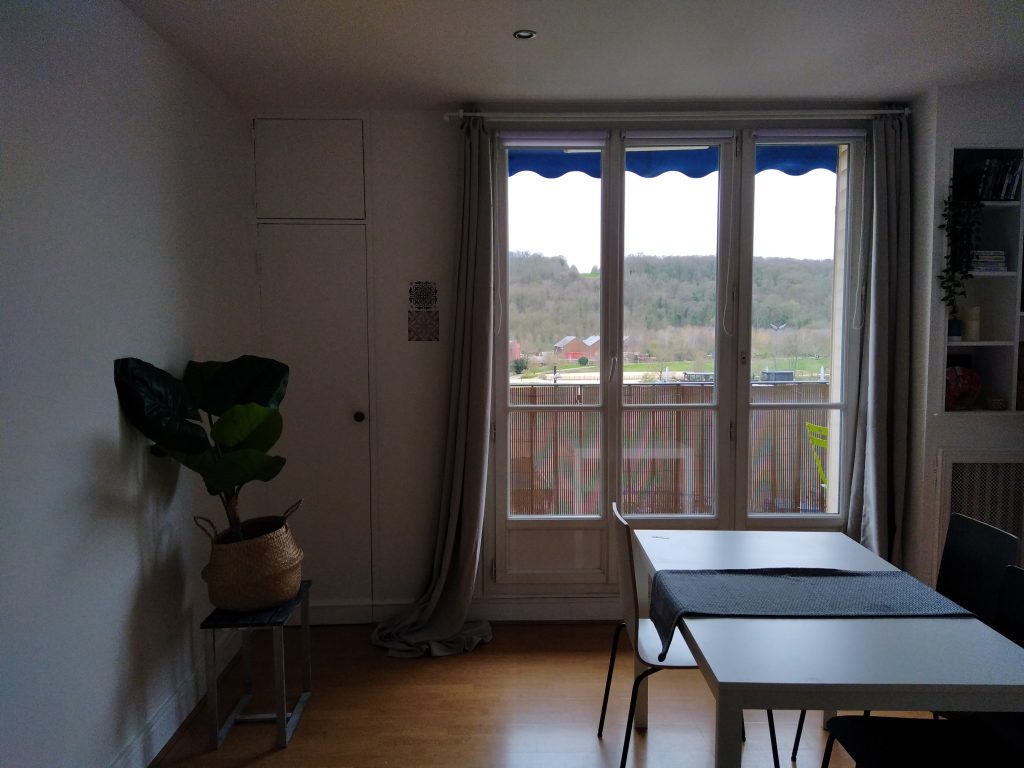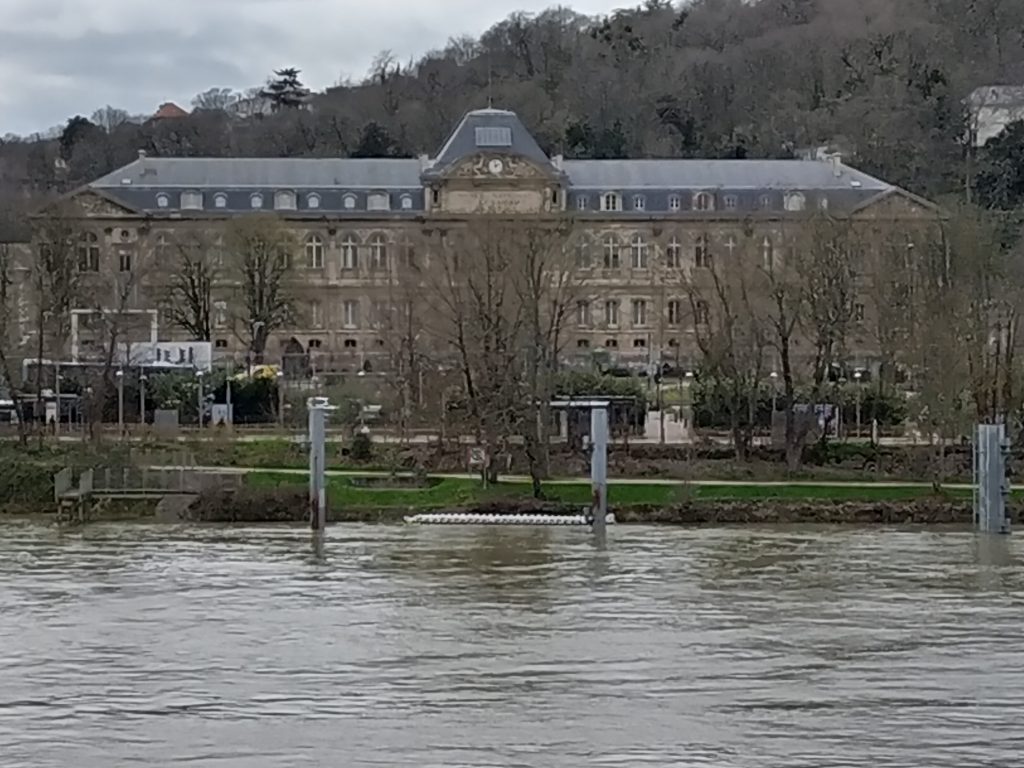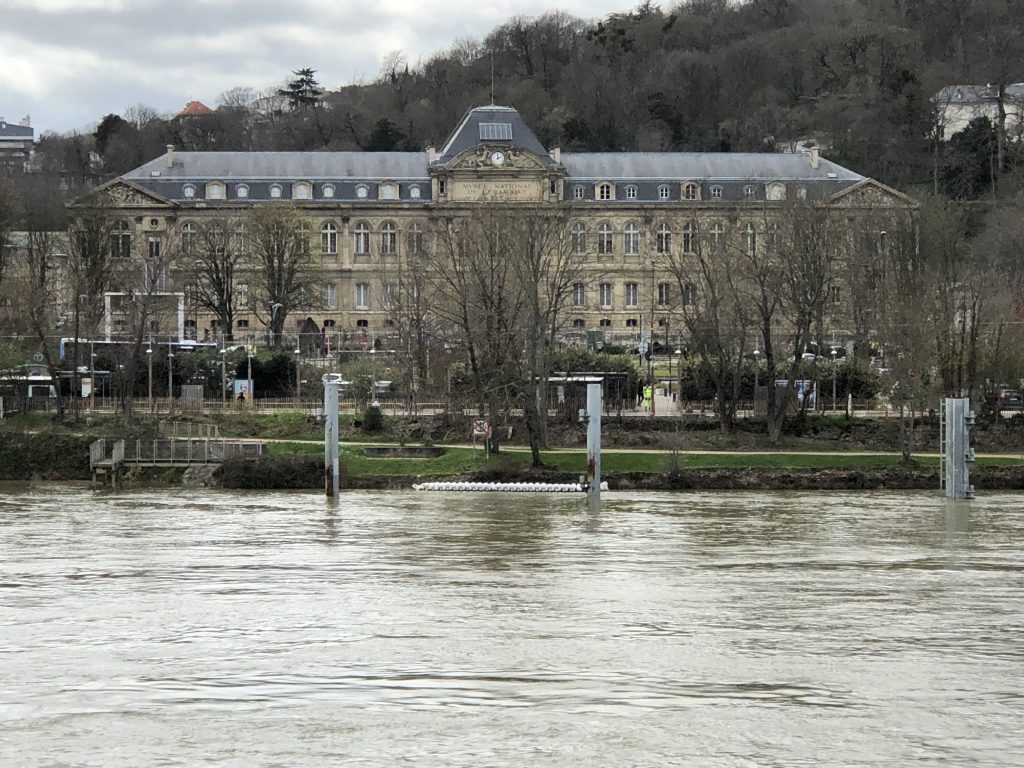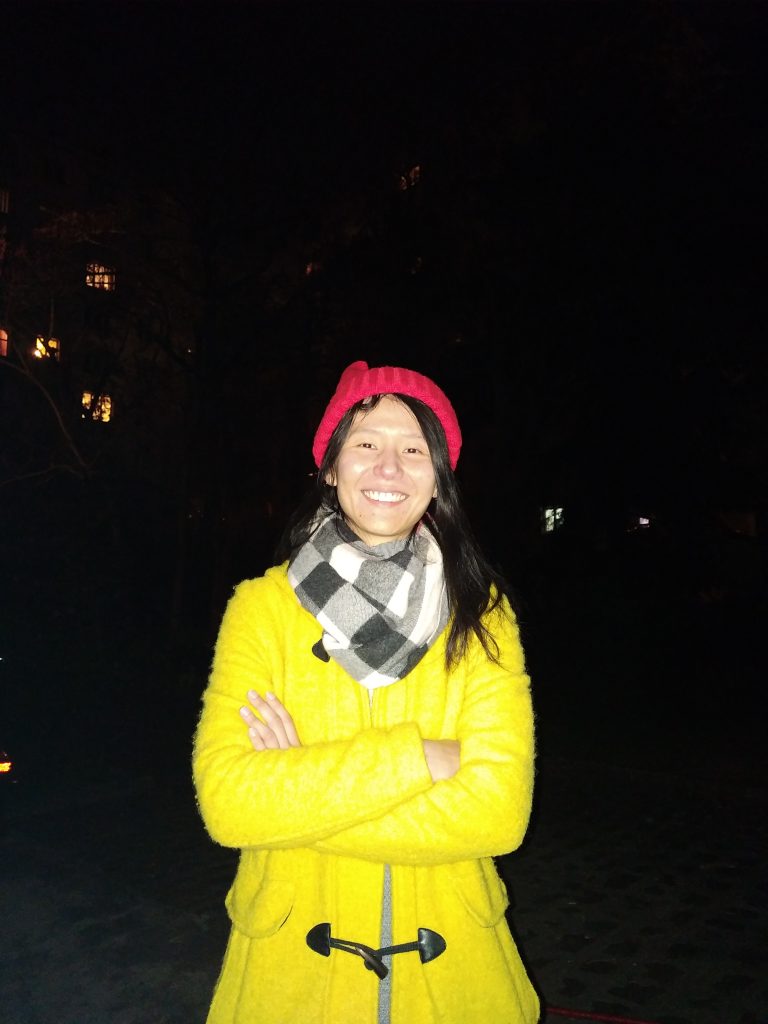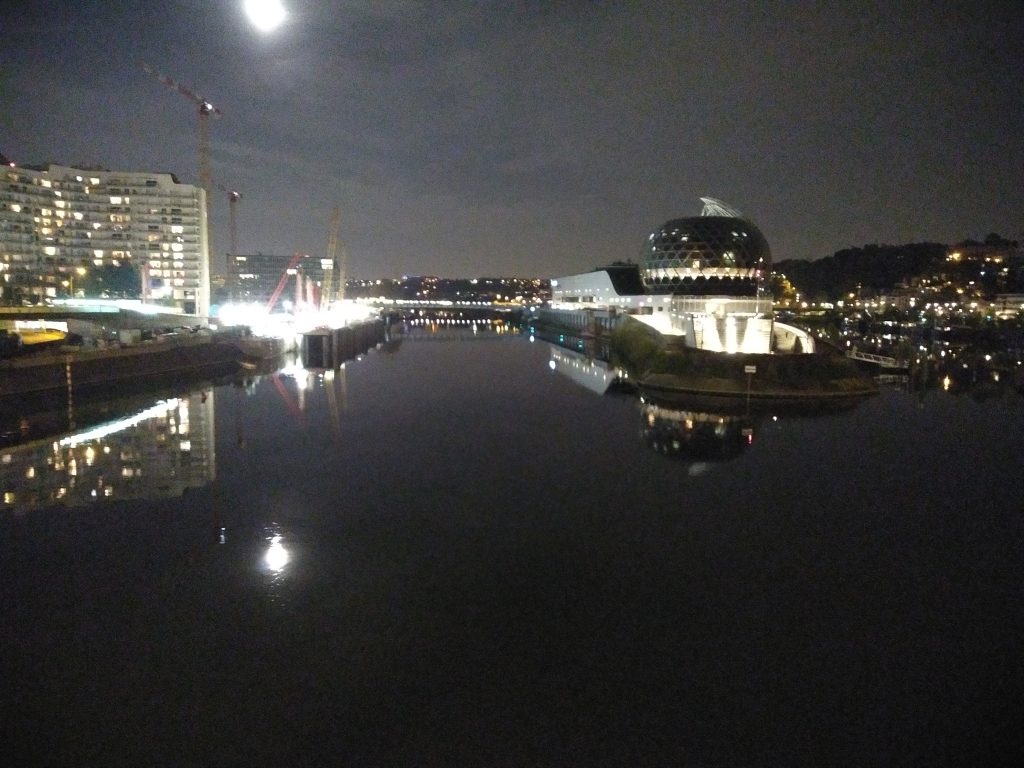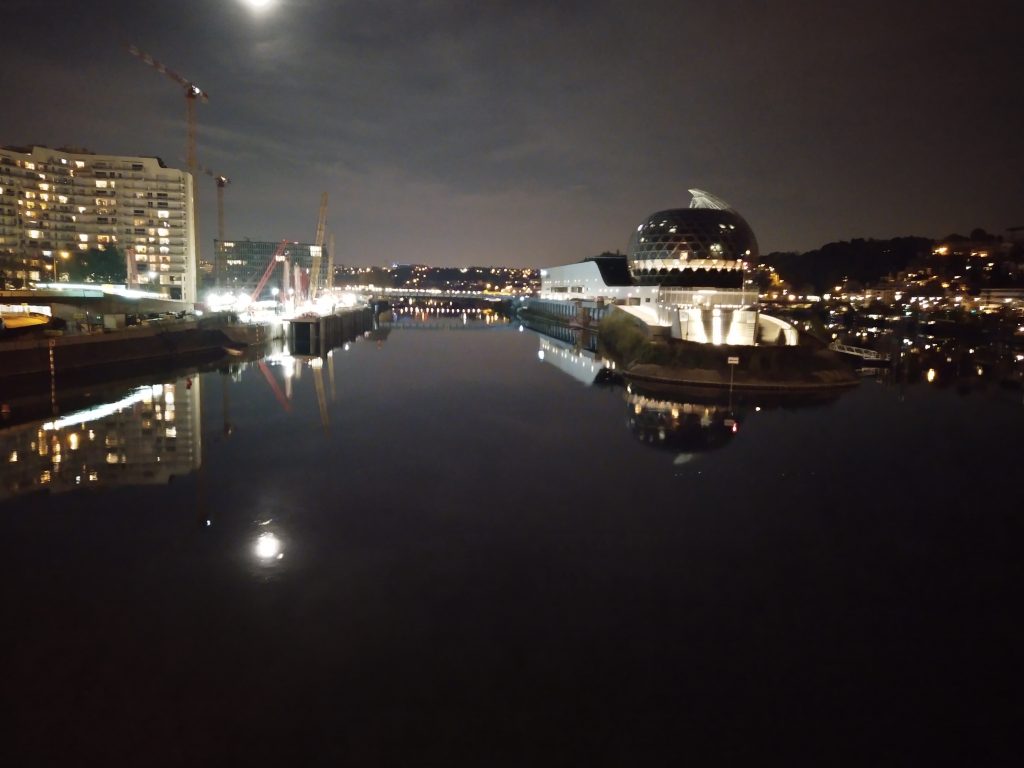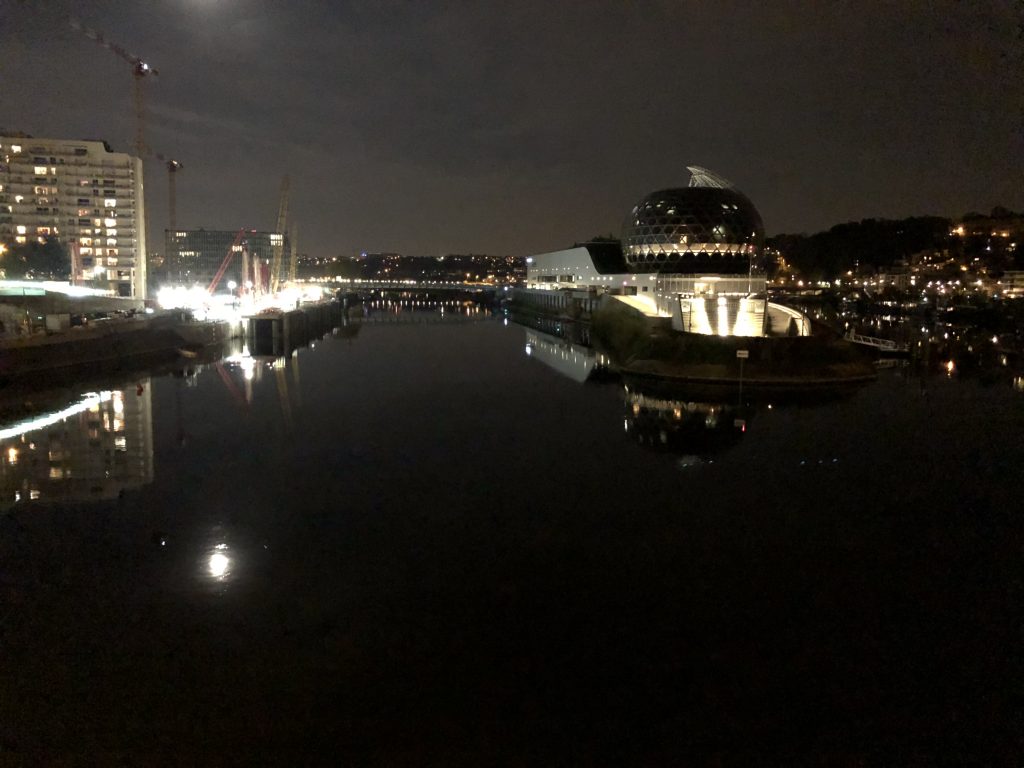By Peter Ferenczi
Crosscall is a French maker of ruggedized phones, and the Core-X4 is the company’s latest handset aimed at professional users who have to abuse their phone in the line of duty. To that end, the Core-X4 is IP68-rated and can be submerged in up to 2 meters of salt water for up to half an hour without damage. It is also MIL-STD 810G-specified for 13 tests, including drop testing on all six sides from heights of 2 meters. The phone can work in extreme temperatures, from -25°C to 50°C (-13°F to 122°F). The screen is designed to be usable when wet and with gloves, and the case features an X-Link magnetic connector that securely attaches the phone to various accessories and mounts compatible across the Core line.
On the silicon side, the Core-X4 is less cutting-edge. That wet-usable screen is a 5.45-inch IPS HD+ panel, and Qualcomm’s entry-level SnapDragon 450 processor is backed by 3GB of RAM and 32GB of system storage (expandable with microSD up to 512GB).
Crosscall also hopes the Core-X4 will have after-hours appeal and has equipped it with a decently-specified main camera. The single rear camera module features a 48MP sensor that bins output down to 12MP. On-sensor phase-detect pixels get things in focus, but there’s no optical image stabilization. Without a dedicated telephoto or wide camera module, the Core-X4 doesn’t have the photographic flexibility we’re coming to expect in even mid-range phones.
How does this tough phone measure up to the finer points of our camera tests? Find out in this DXOMARK Camera review.
Key camera specifications:
- Single camera
- 48MP 1/2-inch sensor (12MP output)
- 26mm-equivalent f/1.8-aperture lens
- PDAF autofocus
- LED flash
- 1080p video at 30fps
About DXOMARK Camera tests: For scoring and analysis in our smartphone camera reviews, DXOMARK engineers capture and evaluate over 1600 test images and more than 2 hours of video both in controlled lab environments and in natural indoor and outdoor scenes, using the camera’s default settings. This article is designed to highlight the most important results of our testing. For more information about the DXOMARK Camera test protocol, click here. More details on how we score smartphone cameras are available here.
Test results

With a DXOMARK Camera score of 79, the Crosscall Core-X4 ranks towards the bottom of our database, with performance comparable to a mid-range phone released a year or two ago (or a high-end phone from further back, such as the 2015 Samsung S6 Edge). It’s not an impressive score in 2020, but comparing the Core-X4 to mainstream handset designs isn’t really fair, as most of those can’t be tossed over one’s shoulder without bringing their effective score to 0.
The Core-X4 camera can produce nice-looking photos, though it has a tendency to underexpose.
The camera’s dynamic range is restricted, so high-contrast scenes will often show highlight and shadow clipping.
The Core-X4 doesn’t have a dedicated ultra-wide camera module, which of course drags down the overall score. Neither does it have a tele-camera, but that doesn’t stop us from testing zoom functionality. The Crosscall earns a score of 23, which is on par with other phones that make do with a digital zoom, but is far below what even a very basic dedicated tele-module would achieve. The primary camera is not great at retaining detail at its native output resolution, and cropping and upsampling to zoom predictably makes things worse. The level of detail at all zoom levels is low, and luminance noise gets more visible as the zoom range is extended.
In our nighttime cityscape test shot, the Core-X4 uses a correct exposure, but image quality is otherwise low. Details are lacking and strong luminance and chroma noise are visible throughout the photo.
In video mode, the Core-X4 shoots clips with accurate exposure and pleasant colors at Full-HD resolution. There’s no 4K or slow motion recording.
Some of the weaknesses noted in stills photography unfortunately carry over to videos. Noise is generally visible, especially in low-light conditions. In the charts below, we see that texture acutance (essentially, detail) is lower than that of the reference phones in good light; and while its noise level starts out lower than the Nokia 7.2 in bright light, it then becomes worse than for the other phones as light levels decrease.


Perhaps most annoying is the apparent lack of any stabilization: most phones that don’t have optical image stabilization still use some form of gyro-based electronic stabilization to even out videos, but our walking test video faithfully records every bump and jerk of unwanted movement.
Conclusion
It’s apparent that while Crosscall put some effort into the Core-X4’s camera, it was not a design priority. This is a phone that’s made to be used hard in difficult environments. The camera is more than capable of basic visual note-taking, but its performance is not comparable to mainstream phones in its price segment.
Output from the camera is fairly consistent, with repeatable exposure, white balance, and autofocus. However, exposures tend to be dark, which contributes to high noise and low detail. Colors tend toward oversaturation, and color casts sometime affect accuracy. Zoom performance is poor, and there’s no ultra-wide camera module. When shooting video, colors are nice, but the lack of stabilization, along with limited dynamic range and high noise, make for mediocre output.
Overall, if you really need strong imaging performance in a tough phone, it may be worth exploring the competition before committing to the Core-X4.
Photo
Pros
- Consistent exposure, white balance, and autofocus
- Generally accurate autofocus
Cons
- Target exposure often low, limited dynamic range in most lighting conditions
- Slight blue cast frequently visible, colors sometimes oversaturated
- Chroma and luminance noise in dark areas of high-contrast scenes
- Loss of detail when zooming
- Maze artifacts, moiré, false-colored clipped highlights, color fringing, and hue shift near saturation
- No ultra-wide camera or bokeh mode
Video
Pros
- Vivid and pleasant colors
- Accurate exposure, especially in low light
Cons
- No stabilization, strong motion visible when walking
- Noise, especially in low light
- Very limited dynamic range
- Cyan shift in skies
- Inaccurate autofocus when tracking













